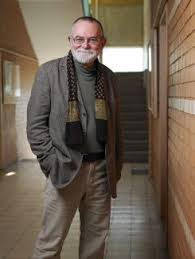A brief overview of the International Ranking-Workshop at the Faculty of Pedagogy and Psychology of Eötvös Loránd University (ELTE PPK) on the 31st March, 2017
The event was promoted by TEMPUS Public Foundation
At the event titled „Universities in Crossroads of National and Global Rankings” university leaders from Romania, Serbia and Hungary, representatives of the International Ranking Expert Group, as well as Hungarian and foreign ranking-experts discussed the correspondence between national and global rankings. Around fifty participants disputed lectures on the incompetence of global rankings to measure the performance of universities. They also discussed the fact, that while the position of the very same universities on the national ranking scales and the international ones are hardly comparable due to indicator differences, the best universities nevertheless are at the top of any ranking scales.
According to György Fábri, Associate Professor of ELTE PPK, initiating the event, one of the most important ideas is that the methodological problem of rankings as well as the demand for rankings decreases the value of global rankings, therefore, rankings by discipline and regional comparisons of institutions become widespread.
Participants welcomed the idea to organize an international ranking-conference at ELTE aiming to examine the rankings based on the performance of individual disciplines, and to discuss the launch of regional European rankings.
Here are some of the main issues of the ‘ranking-phenomenon’.
Universities are assessed in global and national rankings at the same time, and the use of different frames of references adds a high degree of uncertainty to the relevance of rankings. The media, decision makers and the universities themselves use national and global rankings, with quite confusing results.
Our project offers a frame of interpretation to recognize and analyze this crossover-position of universities.
Rankings do not implement the measurement of the performance of the institutions, but are the currently most efficient media communication tools of higher education. Their power and the dynamics of their spread is primarily a result of the media and social communication environment surrounding higher education at present. Therefore, they tend to stimulate rather than inform their target groups, that is, students interested in entering higher education, decision makers, and the institutions themselves.
Considering all the above, the types of indicators used in a lot of rankings can be included in a single coordinate system only with great care – and conclusions cannot be drawn on the various rankings or regarding the importance of specific indicators.
The greatest weakness is the ignorance of diversity by considering institutions without regard to their missions, objectives, and structures, as well as featuring mainly institutions, while relevant data are much more accessible on specific training programmes, departments and insititutes. Publication routines, possibilities and genres greatly differ by the various disciplines, so rankings that use such indicators present a lopsided picture of higher education institutions.
To add to the above, the efficiency of indicators is not examined, the methodologies used are incongruent, neither are they apt for being implemented in different countries nor do they respond to the issue of compatibility.
The data obtained from surveys are very sensitive to sociological-statistical validity, yet empirical surveys often fail to meet such expectations. In the case of certain specific indicators (like reputation indicator) the outcome raises doubts anyway due to the halo-effect. Availability of data often overwrites validity in the use of indicators.
The logic of the composition of the various indicators is also attacked by many. Summation of indices from differing factors seems less legitimate. Summated indicators have doubtful results from the users’ point of view due to the manifold preferences of future students. Rankings, formed by creating weightings and summated indices are sensible to small deviations, so if elite institutions were not at the top, nobody would take ranking makers seriously. In addition, commercial ranking publications are accused of being interested in publishing novelties year by year for no one would otherwise be interested in the new publications.
Rankings, therefore, are inadequate to provide relevant information on higher education. The aggregated data characterize institutions as a whole, failing to satisfy the interest of students and university management in training programmes or individual organizational units, and this is particularly true for global rankings. Rankings urge universities through the media to improve their positions on the lists, often resulting in an autotelic drive for a better placement which, depending on arbitrary indicators instead of the complex developments serving real needs, force institutions to make distorted strategic decisions.
The inspiring workshop titled “Universities of East – European Region: Competition or/ and Cooperation at the Ranking Process” chaired by Paszkál Kiss, associate professor of Károli Gaspár University of Reformed Church in Hungary took place with the participation of twenty professionals including directors of universities, ranking analysts, educators and policy makers from all over Europe.
The discussion focused on rankings as a tool for universities in Eastern Europe to position themselves and influence stakeholders’ decisions, as well as on best practices of co-operations in the region. As main conclusions of the meeting, a more proactive approach in reaching out for prospective students and awareness of the altered attitudes of students’ in making choices about their studies (by viewing it more as an investment as opposed to accomplishment) is necessary. In small countries reputation is still more important than rankings, whereas in larger ones, rankings may play a greater role. Quality of education and research should be raised. The concept of “good school” may be interpreted differently, e.g. excellent teachers and/or high quality research work and/ or providing great possibilities for students in the applied field. Rankings by discipline provide younger institutions with the opportunity to stand out. The Leiden ranking gives the freedom to select the various criteria. Stipendium Hungaricum, EU tenders, co-authorships and both informal and formal research co-operations are best practices in the region, educational fares, rankings and non-educational factors are effective ways to attract foreign students. Librarians mean a great resource to increase the visibility of research and publications. Politics and the media have strong impact on rankings. Finally, the strategic question for universities of the East – European region is whether to compete or/ and co-operate in the ranking process.
Here follow some notices by the participants:
Ivanka Popovic (vice rector of University Beograd): suggested to discuss the Bologna ‘painful’ transitions in view of improvement of education and its controversial results, the mass production of degrees, adding that there is a real chance for co-operation and networking.
Péter Szalay (vice rector of ELTE): there is the need for a proactive way in the future to reach to-be students well before they finish high school. He said the focus – e.g. on having excellent teachers and scientific results, or on application – alters the interpretation of the concept of ‘goodness’ adding, that while each university wishes to be considered a good one, due to the lack of an accurate definition of the term ‘good university’ and ’good’ as such, there are different ways ‘to be a good university’.
Kazimierz Bilanow: the topic of the session – co-operation such as the Visegrád cooperation, Crossboarder co-operations, Age 2020 tender, co-authorships and common research projects, had not been touched upon, adding, that these are happening informally and not necessarily institutionally.
The conclusions of the event were the following: issues are to be reconsidered on how students should learn to use global and national rankings in their university choice, the ways national higher education institutions use national rankings of the “target countries” for student recruitment, the features in the field of HE internationalization and relationship-building for the university and government management, the role of decision-makers and the press (that place emphasis on and give significance to ranking positions), and last, but not least on the ways rankings can help universities to use them for benchmarking.
Further disputes are necessary to discuss the issues of the methods national and global rankings of universities are compared, indicators of scientific productivity on global and national levels and of teaching, measurability of the third mission from a global perspective, the differences in reactions of politicians and the media to national and global rankings as well as the diverse reactions and strategies from universities to national and global positions.
Several initiatives were launched, including the edition of a workbook of this workshop, publication of background papers of ranking-research on “www.ranking.elte.hu” website, publishing the English version of György Fábri’s ranking-monograph in June, organizing a ranking-training also in June to improve data-provision, analysis and best practice of ranking-usage, as well as preparing an international ranking conference at ELTE with emphasis on the specialties of East-European universities and on the reflection from different disciplines on the main points, methods and effects of rankings, e.g. scientometrics, sociology, social psychology, statistics, communication, philosophy of university etc.
 Dr. habil György Fábri (1964) is an habilitated associate professor (Institute of research on Adult Education and Knowledge Management, Faculty of Education and Psychology of Eötvös Loránd University), head of the Social Communication Research Group. Areas of research: university philosophy, sociology of higher education and science, science communication, social communication, church sociology. His monograph was published on the transformation of Hungarian higher education during the change of regime (1992 Wien) and on university rankings (2017 Budapest). He has edited several scientific journals, and his university courses and publications cover communication theory, university philosophy, science communication, social representation, media and social philosophy, ethics, and church sociology.
Dr. habil György Fábri (1964) is an habilitated associate professor (Institute of research on Adult Education and Knowledge Management, Faculty of Education and Psychology of Eötvös Loránd University), head of the Social Communication Research Group. Areas of research: university philosophy, sociology of higher education and science, science communication, social communication, church sociology. His monograph was published on the transformation of Hungarian higher education during the change of regime (1992 Wien) and on university rankings (2017 Budapest). He has edited several scientific journals, and his university courses and publications cover communication theory, university philosophy, science communication, social representation, media and social philosophy, ethics, and church sociology.
 Dr. Mircea Dumitru is a Professor of Philosophy at the University of Bucharest (since 2004). Rector of the University of Bucharest (since 2011). President of the European Society of Analytic Philosophy (2011 – 2014). Corresponding Fellow of the Romanian Academy (since 2014). Minister of Education and Scientific Research (July 2016 – January 2017). Visiting Professor at Beijing Normal University (2017 – 2022). President of the International Institute of Philosophy (2017 – 2020). President of Balkan Universities Association (2019 – 2020). He holds a PhD in Philosophy at Tulane University, New Orleans, USA (1998) with a topic in modal logic and philosophy of mathematics, and another PhD in Philosophy at the University of Bucharest (1998) with a topic in philosophy of language. Invited Professor at Tulsa University (USA), CUNY (USA), NYU (USA), Lyon 3, ENS Lyon, University of Helsinki, CUPL (Beijing, China), Pekin University (Beijing, China). Main area of research: philosophical logic, metaphysics, and philosophy of language. Main publications: Modality and Incompleteness (UMI, Ann Arbor, 1998); Modalitate si incompletitudine, (Paideia Publishing House, 2001, in Romanian; the book received the Mircea Florian Prize of the Romanian Academy); Logic and Philosophical Explorations (Humanitas, Bucharest, 2004, in Romanian); Words, Theories, and Things. Quine in Focus (ed.) (Pelican, 2009); Truth (ed.) (Bucharest University Publishing House, 2013); article on the Philosophy of Kit Fine, in The Cambridge Dictionary of Philosophy, the Third Edition, Robert Audi (ed.) (Cambridge University Press, 2015), Metaphysics, Meaning, and Modality. Themes from Kit Fine (ed.) (Oxford University Press, forthcoming).
Dr. Mircea Dumitru is a Professor of Philosophy at the University of Bucharest (since 2004). Rector of the University of Bucharest (since 2011). President of the European Society of Analytic Philosophy (2011 – 2014). Corresponding Fellow of the Romanian Academy (since 2014). Minister of Education and Scientific Research (July 2016 – January 2017). Visiting Professor at Beijing Normal University (2017 – 2022). President of the International Institute of Philosophy (2017 – 2020). President of Balkan Universities Association (2019 – 2020). He holds a PhD in Philosophy at Tulane University, New Orleans, USA (1998) with a topic in modal logic and philosophy of mathematics, and another PhD in Philosophy at the University of Bucharest (1998) with a topic in philosophy of language. Invited Professor at Tulsa University (USA), CUNY (USA), NYU (USA), Lyon 3, ENS Lyon, University of Helsinki, CUPL (Beijing, China), Pekin University (Beijing, China). Main area of research: philosophical logic, metaphysics, and philosophy of language. Main publications: Modality and Incompleteness (UMI, Ann Arbor, 1998); Modalitate si incompletitudine, (Paideia Publishing House, 2001, in Romanian; the book received the Mircea Florian Prize of the Romanian Academy); Logic and Philosophical Explorations (Humanitas, Bucharest, 2004, in Romanian); Words, Theories, and Things. Quine in Focus (ed.) (Pelican, 2009); Truth (ed.) (Bucharest University Publishing House, 2013); article on the Philosophy of Kit Fine, in The Cambridge Dictionary of Philosophy, the Third Edition, Robert Audi (ed.) (Cambridge University Press, 2015), Metaphysics, Meaning, and Modality. Themes from Kit Fine (ed.) (Oxford University Press, forthcoming).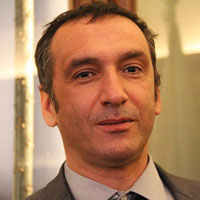 Mr. Degli Esposti is Full Professor at the Department of Computer Science and Engineering, Deputy Rector Alma Mater Studiorum Università di Bologna, Dean of Biblioteca Universitaria di Bologna, Head of Service for the health and safety of people in the workplace, President of the Alma Mater Foundation and Delegate for Rankings.
Mr. Degli Esposti is Full Professor at the Department of Computer Science and Engineering, Deputy Rector Alma Mater Studiorum Università di Bologna, Dean of Biblioteca Universitaria di Bologna, Head of Service for the health and safety of people in the workplace, President of the Alma Mater Foundation and Delegate for Rankings.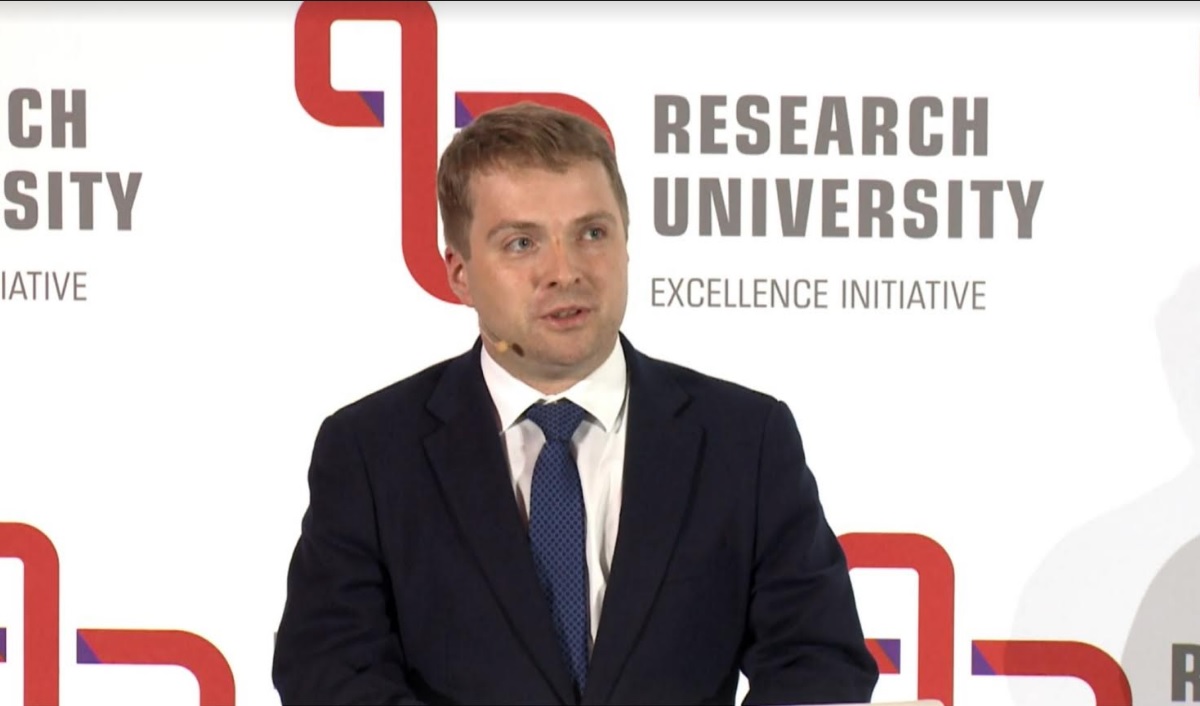
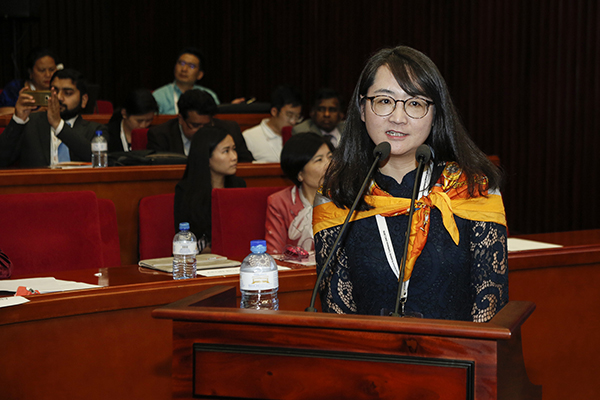
 Ben joined QS in 2002 and has led institutional performance insights function of QS since its emergence following the early success of the QS World University Rankings®. His team is, today, responsible for the operational management of all major QS research projects including the QS World University Rankings® and variants by region and subject. Comprising over 60 people in five international locations, the team also operate a widely adopted university rating system – QS Stars – and a range of commissioned business intelligence and strategic advisory services.Ben has travelled to over 50 countries and spoken on his research in almost 40. He has personally visited over 50 of the world’s top 100 universities amongst countless others and is a regular and sought after speaker on the conference circuit.Ben is married and has two sons; if he had any free time it would be spent reading, watching movies and skiing.
Ben joined QS in 2002 and has led institutional performance insights function of QS since its emergence following the early success of the QS World University Rankings®. His team is, today, responsible for the operational management of all major QS research projects including the QS World University Rankings® and variants by region and subject. Comprising over 60 people in five international locations, the team also operate a widely adopted university rating system – QS Stars – and a range of commissioned business intelligence and strategic advisory services.Ben has travelled to over 50 countries and spoken on his research in almost 40. He has personally visited over 50 of the world’s top 100 universities amongst countless others and is a regular and sought after speaker on the conference circuit.Ben is married and has two sons; if he had any free time it would be spent reading, watching movies and skiing.
 Anna Urbanovics is a PhD student at Doctoral School of Public Administration Sciences of the University of Public Service, and studies Sociology Master of Arts at the Corvinus University of Budapest. She is graduated in International Security Studies Master of Arts at the University of Public Service. She does research in Scientometrics and International Relations.
Anna Urbanovics is a PhD student at Doctoral School of Public Administration Sciences of the University of Public Service, and studies Sociology Master of Arts at the Corvinus University of Budapest. She is graduated in International Security Studies Master of Arts at the University of Public Service. She does research in Scientometrics and International Relations.

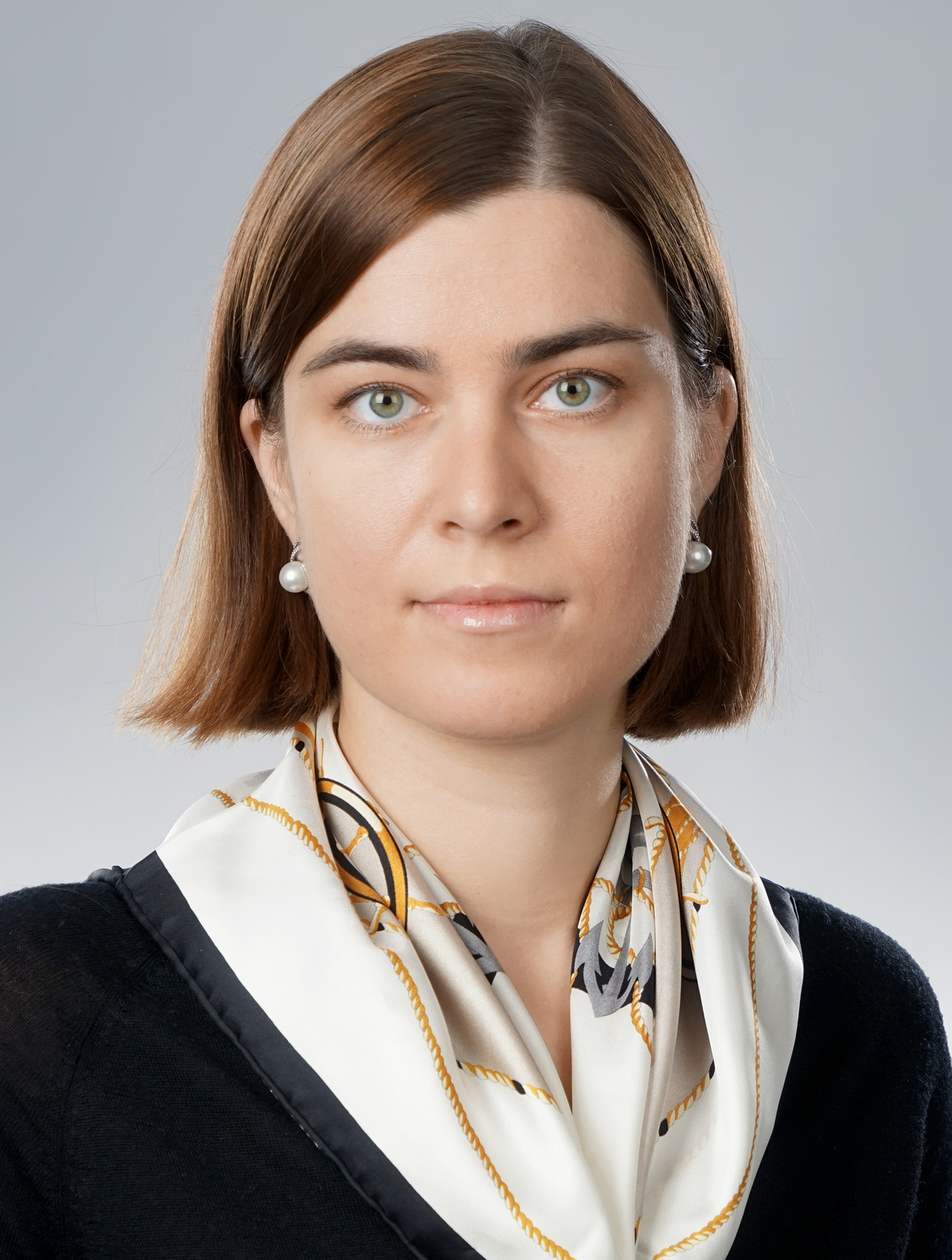
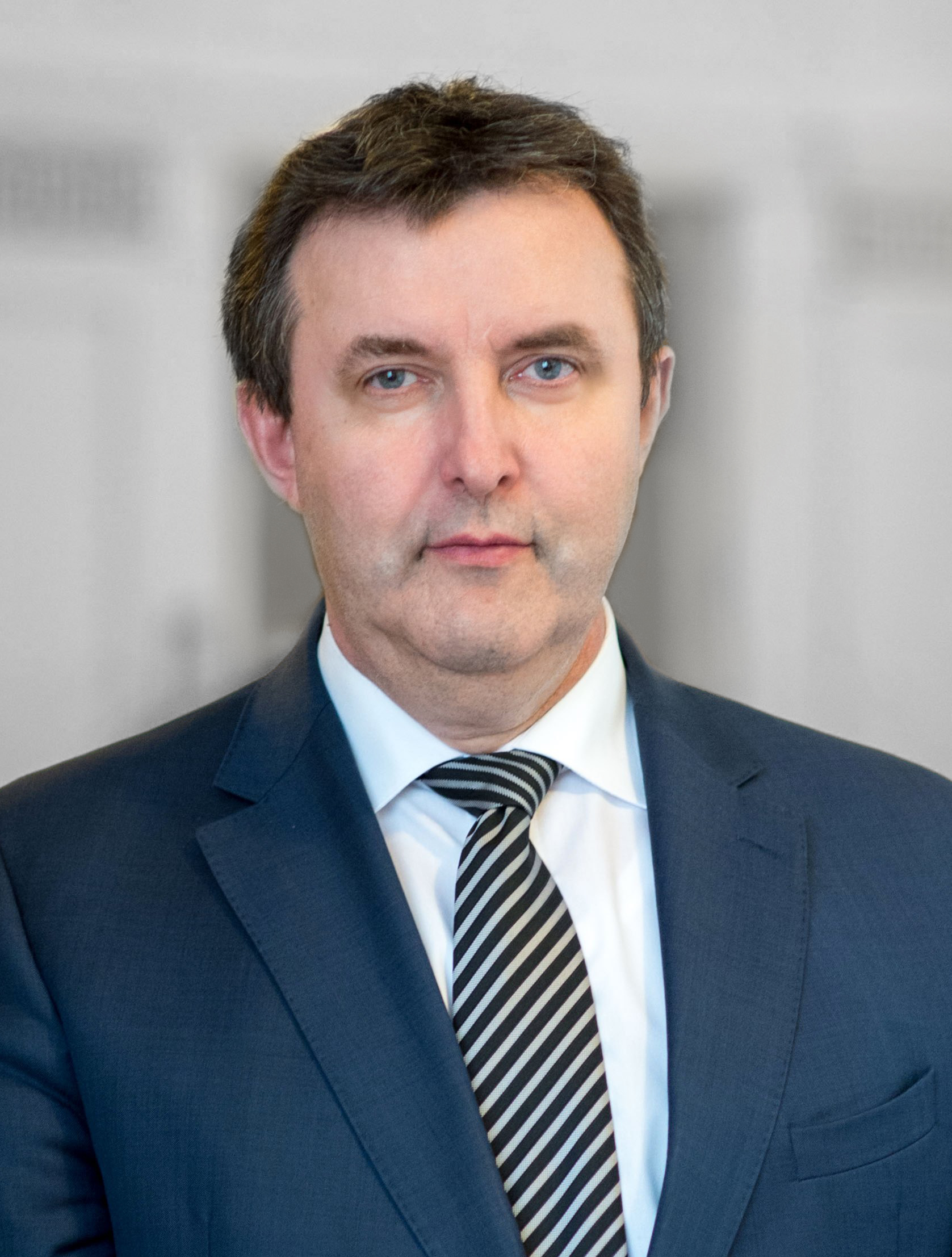 Since 1 February 2019 Minister Palkovics as Government Commissioner has been responsible for the coordination of the tasks prescribed in Act XXIV of 2016 on the promulgation of the Agreement between the Government of Hungary and the Government of the People’s Republic of China on the development, implementation and financing of the Hungarian section of the Budapest-Belgrade Railway Reconstruction Project.
Since 1 February 2019 Minister Palkovics as Government Commissioner has been responsible for the coordination of the tasks prescribed in Act XXIV of 2016 on the promulgation of the Agreement between the Government of Hungary and the Government of the People’s Republic of China on the development, implementation and financing of the Hungarian section of the Budapest-Belgrade Railway Reconstruction Project.

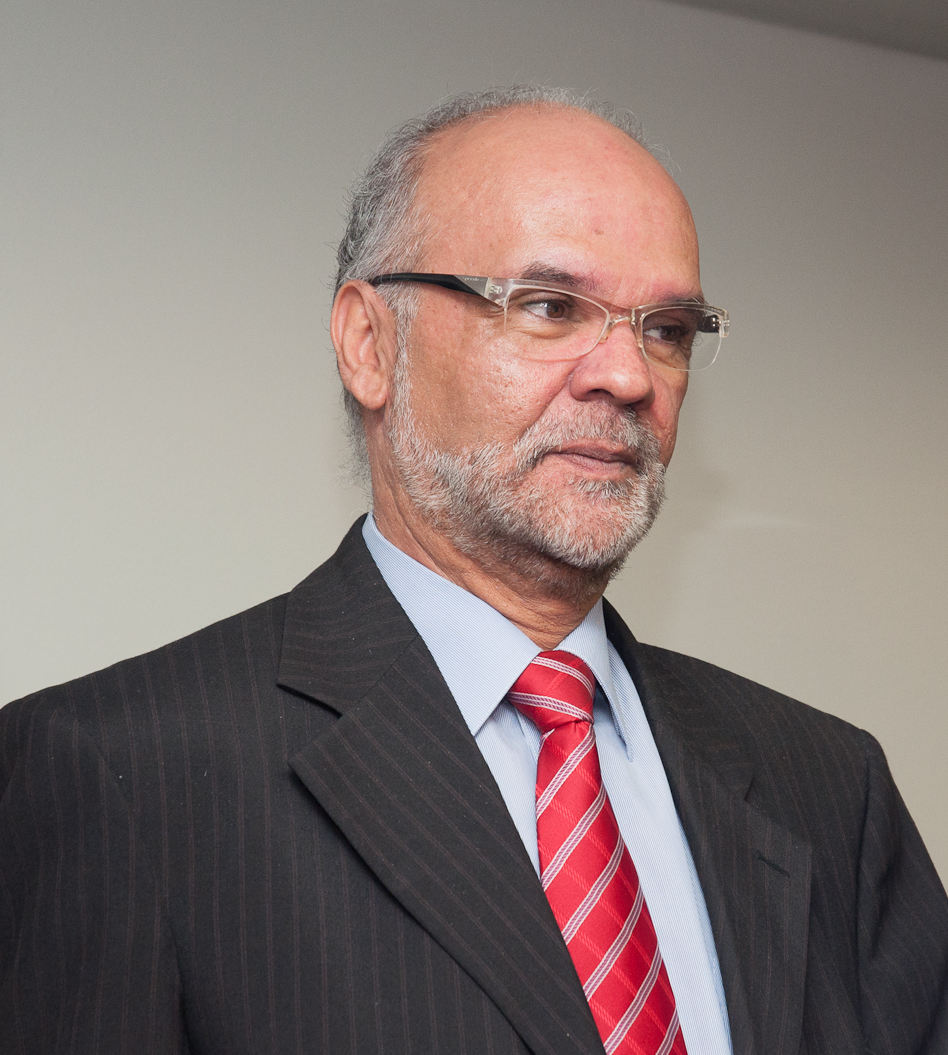
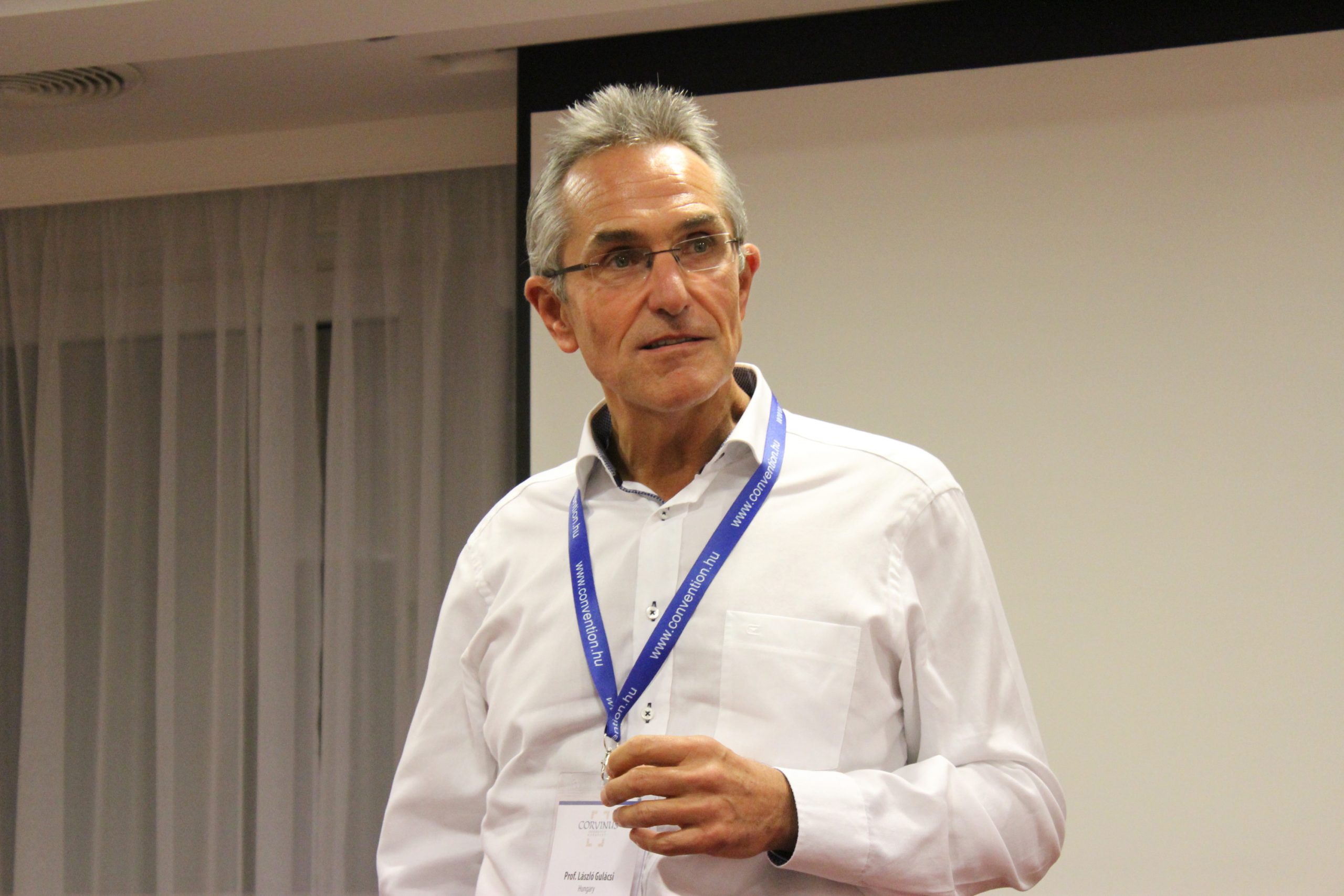 He is the past President of the Health and Health Care Economics Section of the Hungarian Economics Association.
He is the past President of the Health and Health Care Economics Section of the Hungarian Economics Association.

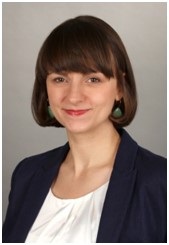 Based in Berlin, Zuzanna Gorenstein is Head of Project of the German Rectors’ Conference (HRK) service project “International University Rankings” since 2019. Her work at HRK encompasses the conceptual development and implementation of targeted advisory, networking, and communication measures for German universities’ ranking officers. Before joining the HRK, Zuzanna Gorenstein herself served as ranking officer of Freie Universität Berlin.
Based in Berlin, Zuzanna Gorenstein is Head of Project of the German Rectors’ Conference (HRK) service project “International University Rankings” since 2019. Her work at HRK encompasses the conceptual development and implementation of targeted advisory, networking, and communication measures for German universities’ ranking officers. Before joining the HRK, Zuzanna Gorenstein herself served as ranking officer of Freie Universität Berlin.
 His books on mathematical modeling of chemical, biological, and other complex systems have been published by Princeton University Press, MIT Press, Springer Publishing house. His new book RANKING: The Unwritten Rules of the Social Game We All Play was published recently by the Oxford University Press, and is already under translation for several languages.
His books on mathematical modeling of chemical, biological, and other complex systems have been published by Princeton University Press, MIT Press, Springer Publishing house. His new book RANKING: The Unwritten Rules of the Social Game We All Play was published recently by the Oxford University Press, and is already under translation for several languages.
